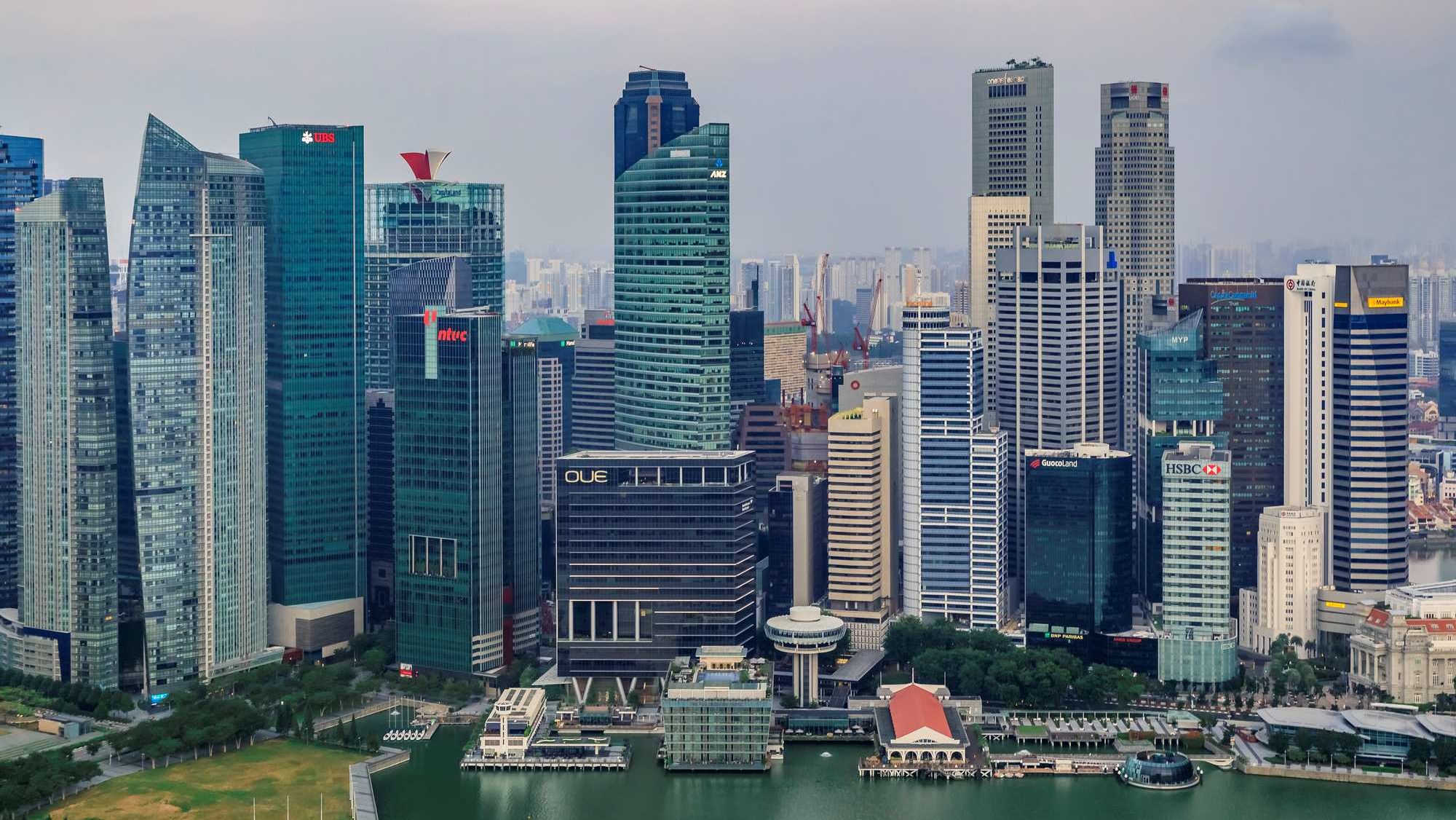SINGAPORE: As Lion City experiences a cooling in inflationary pressures, economists offer differing views on the direction of the Monetary Authority of Singapore’s (MAS) monetary policy for 2025. With the global economic landscape shifting, experts are weighing the factors that could guide MAS’s decisions in the coming year.
UOB foresees a slight adjustment to the monetary policy band
According to a recent report from the Singapore Business Review, United Overseas Bank (UOB) anticipates that MAS will ease its monetary policy slightly in January 2025 by reducing the slope of the Singapore Dollar Nominal Effective Exchange Rate (S$NEER) policy band. UOB projects the slope will decrease from 1.5% to 1% per annum. This adjustment is based on moderating inflationary pressures and a gradual return to price stability. UOB describes this change as an effort to align the pace of the Singapore dollar’s appreciation with a cyclically neutral path. The bank predicts that no further changes to the S$NEER slope will be made after this slight adjustment for the remainder of 2025.
This cautious approach reflects UOB’s expectation of core inflation averaging 1.7% for the year, supported by a stable domestic economy and decreasing global cost pressures.
RHB advocates a wait-and-see approach
In contrast, RHB forecasts that MAS will maintain its current policy stance throughout the first half of 2025. The bank points to the sustained disinflationary trend and manageable inflation risks, arguing that Singapore’s economic fundamentals remain strong enough to support a more cautious approach. RHB also expects GDP growth to reach 3% in 2025, which aligns with the upper end of the official forecast range of 1–3%.
This growth is anticipated to be driven by a global technology upcycle and resilient domestic demand, although external risks such as geopolitical tensions remain on the radar.
RHB’s inflation outlook differs slightly. It projects core inflation to reach 1.8% and headline inflation slightly higher at 2.3%. The bank notes that cost pressures across various sectors are expected to remain stable, with private transport costs being a potential upside risk for inflation.
A balanced view on inflation and economic outlook
Despite their differing views on monetary policy, UOB and RHB share a similar perspective on Singapore’s overall inflation outlook. UOB forecasts 1.7% core inflation and expects headline inflation to stay within the 1.5–2.5% range. Conversely, RHB anticipates a slightly higher headline inflation of 2.3%, with core inflation around 1.8%. Both banks agree that inflationary pressures are expected to remain subdued compared to recent years, providing a stable economic environment.
As MAS navigates the challenges and opportunities of 2025, analysts will be closely watching the evolving economic data to determine whether further policy adjustments are necessary. While UOB favours a modest reduction in the policy slope, RHB advocates for patience as the broader financial conditions continue to evolve.
Featured image by Depositphotos (for illustration purposes only)

